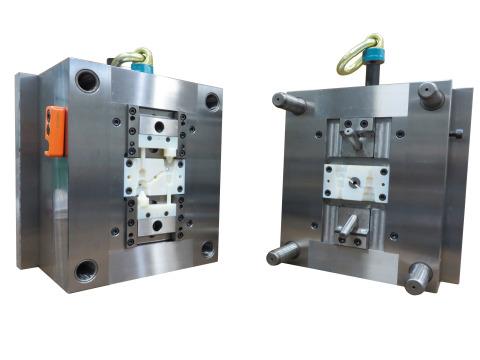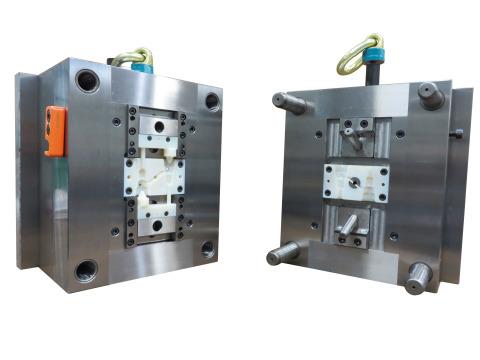December 11, 2015

Prototyping and low-volume production have long been a challenge for companies that design and manufacture injection-molded parts. Ideally, prototypes for validation should be made of the same thermoplastic as the final production part. For years, companies have had the dilemma: Do they want it fast, or do they want it high quality?
Also, smaller companies often don't have the deep pockets for the cost of creating injection molded prototypes in the final material because of the cost and time of producing the tooling to make only a handful of parts that are necessary for testing and evaluation. Additive manufacturing technologies have been taking on this problem in recent years, generating 3D printed molds as an alternative to machined "soft-metal" tooling for a faster and more affordable way to produce injection molded prototypes from the same materials as the finished product.

Going a step further, German moldmaker Hasco recently developed a rapid method of producing injection mold tooling inserts by integrating Stratasys' 3D printing technology with its K3500 quick-change mold system. The goal is to allow injection molders to quickly change between mold inserts for different products, allowing them to produce low volumes of different parts for samples, prototypes, and small production runs at reasonable costs, but the use of pop-in/pop-out 3D-printed mold cavities also enables part designers to quickly prototype and evaluate different part designs.
Modular tooling is not new, but the process of 3D printing the inserts can help designers and manufacturers meet changing needs in the marketplace, according to Nadav Sella, director of manufacturing tools, vertical solutions for Stratasys. "You have faster design cycles where you can test your design in the final production material, make changes as needed, and then inject the new parts in a matter of days," Sella told Design News. "This enables improved agility and possibly better products launched to the market sooner."
READ MORE 3D PRINTING ARTICLES:
In the past, design engineers requiring injection molds for prototyping relied on aluminum or steel bridge tooling. "Companies needed to produce molds from aluminum or steel using computer numerical control (CNC) or electrical discharge machining (EDM) processes, which usually takes more time and costs more," said Sella, who noted that the Hasco-Stratasys solution will be ideally suited for the consumer-product, automotive, and medical-device industries.
Hasco 3D prints the mold inserts in Stratasys' Digital ABS (acrylonitrile-butadiene styrene) using the Objet 500 Connex multi-material 3D production system. The inserts take hours to produce, thus improving the speed and efficiency of design iterating.
Hasco has used the Objet500 Connex to print the parts of the mold cavity that shape the polymer, such as the inserts and slides, and worked with an outside company to finish them in a matter of days for installation into the tooling. The use of standardized Hasco tooling products and Stratasys 3D printing should enable the production of low-volume prototypes in the final product material and faster, lower-cost design evaluation.
Tracey Schelmetic graduated from Fairfield University in Fairfield, Conn. and began her long career as a technology and science writer and editor at Appleton & Lange, the now-defunct medical publishing arm of Simon & Schuster. Later, as the editorial director of telecom trade journal Customer Interaction Solutions (today Customer magazine) she became a well-recognized voice in the contact center industry. Today, she is a freelance writer specializing in manufacturing and technology, telecommunications, and enterprise software.
Like reading Design News? Then have our content delivered to your inbox every day by registering with DesignNews.com and signing up for Design News Daily plus our other e-newsletters. Register here!

Design engineers and professionals, the West Coast's most important design, innovation, and manufacturing event, Pacific Design & Manufacturing, is taking place in Anaheim, Feb. 9-11, 2016. A Design News event, Pacific Design & Manufacturing is your chance to meet qualified suppliers, get hands-on access to the latest technologies, be informed from a world-class conference program, and expand your network. (You might even meet a Design News editor.) Learn more about Pacific Design & Manufacturing here.
About the Author(s)
You May Also Like





